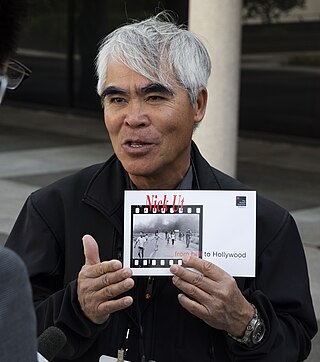
Huỳnh Công Út, known professionally as Nick Ut, is a Vietnamese-American photographer who worked for the Associated Press in Los Angeles. He won both the 1973 Pulitzer Prize for Spot News Photography and the 1973 World Press Photo of the Year for his 1972 photograph The Terror of War, depicting children running away from a napalm bombing attack during the Vietnam War. In 2017, he retired. Examples of his work may be found in the collection of the National Gallery of Art in Washington, DC.
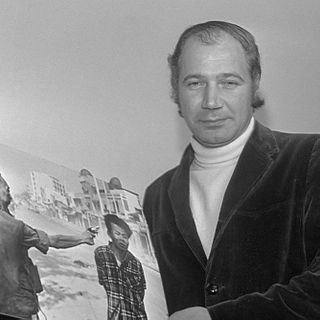
Edward Thomas Adams was an American photographer and photojournalist noted for portraits of celebrities and politicians and for coverage of 13 wars. He is best known for his photograph of the summary execution of Nguyễn Văn Lém, a Viet Cong prisoner of war, for which he won the Pulitzer Prize for Spot News Photography in 1969. Adams was a resident of Bogota, New Jersey.

Nguyễn Văn Lém, often referred to as Bảy Lốp, was a Viet Cong officer with the rank of captain. He was executed in Saigon by Republic of Vietnam General Nguyễn Ngọc Loan during the Tet Offensive in the Vietnam War. A photo of the event by Eddie Adams entitled "Saigon Execution" won the 1969 Pulitzer Prize for Spot News Photography and helped galvanize the anti-war-movement in the United States.

David Hume Kennerly is an American photographer. He won the 1972 Pulitzer Prize for Feature Photography for his portfolio of photographs of the Vietnam War, Cambodia, East Pakistani refugees near Calcutta, and the Ali-Frazier fight in Madison Square Garden. He has photographed every American president since Lyndon B Johnson. He is the first presidential scholar at the University of Arizona.
Dirck Storm Halstead was an American photojournalist. He was editor and publisher of The Digital Journalist, an online photojournalism magazine.

Russell Werner Lee was an American photographer and photojournalist, best known for his work for the Farm Security Administration (FSA) during the Great Depression. His images documented the ethnography of various American classes and cultures.
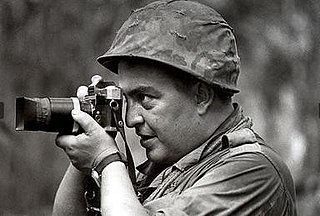
Horst Faas was a German photo-journalist and two-time Pulitzer Prize winner. He is best known for his images of the Vietnam War.
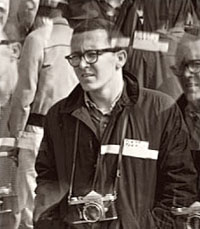
James "Spider" Martin was an American photographer known for his work documenting the American Civil Rights Movement in 1965, specifically Bloody Sunday and other incidents from the Selma to Montgomery marches.
Herbert Gehr (1910–1983) was a Jewish German-American photographer and television director who was associated with Life magazine.
Hans Wild (1912–1969) was a British photographer who worked for Life magazine from 1938 to 1946. Some of his best known work appeared on the cover of Life including a photo of historian Charles Seltman in 1943 and British Prime Minister Winston Churchill while painting with an easel in 1946.

Bob Gomel is an American photojournalist who created images of 1960s world leaders, athletes, entertainers, and major events. His photographs have appeared on the covers of Life, Sports Illustrated, Newsweek, Fortune, and Forbes, and in Time, The New York Times, and Stern, and in more than 40 books. Gomel's images are held in the collections of the U.S. Library of Congress and the Museum of Fine Arts in Houston.
The tradition of photography started in the 19th century in Vietnam and has since then given rise to modern photography and photojournalism into the 20th century.
Jacob Lofman was a Polish-born American photojournalist.
Ian Smith (c.1921—c.1987) was a Scottish photographer who was on the staff of LIFE magazine in 1944.
John Olson is an American photographer, former combat photographer and Robert Capa Gold Medal winner for his photographs of the Battle of Hue during the Vietnam War. His photograph of a tank on which a group of wounded marines are piled is considered one of the most emblematic images of the conflict.
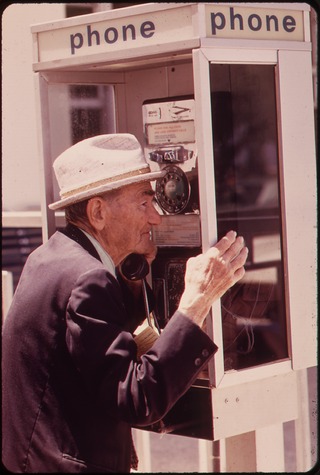
Flip Schulke was an American photographer.
Frederick C. Baldwin was an American photographer. He was the cofounder of FotoFest, a major photography festival in Houston, Texas. He was the husband of Wendy Watriss.
Guy Gillette was an American 20th century photojournalist.
James Charles Thibodeaux (1911—2004), was an American photographer, painter, stage actor, and educator. He was the United States Army's first Black art instructor.








